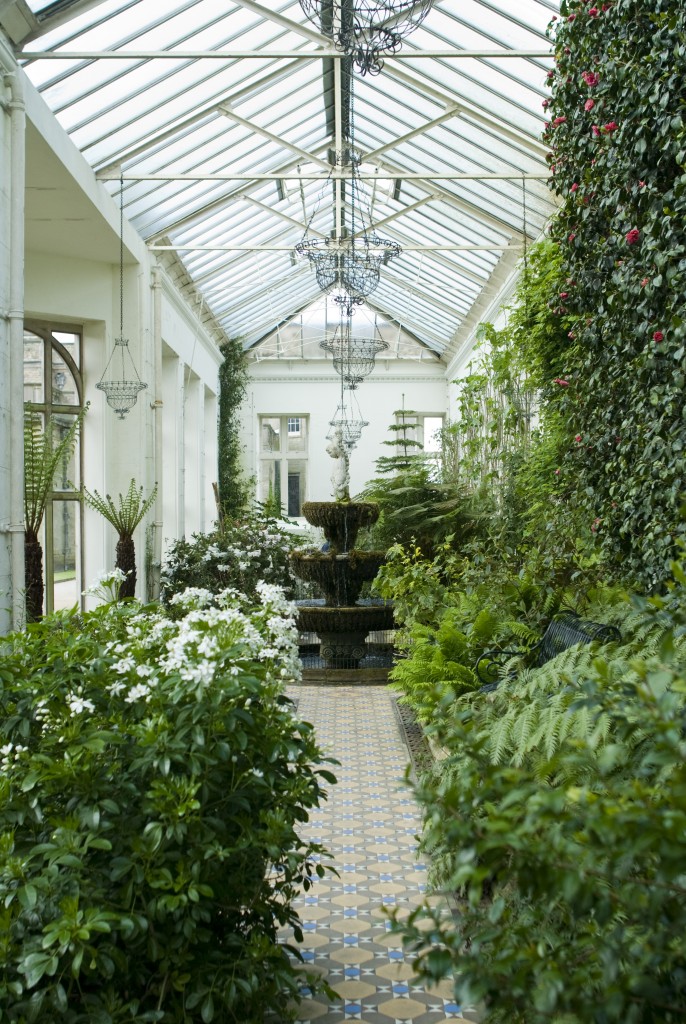Why do people use greenhouses or covered up gardens? The most prominent answer you’d get is protection for plants. A greenhouse is a gardening technique being used for decades now and is very popular among plant lovers. It is a set-up that allows enthusiastic growers and avid gardeners to control the atmosphere inside a covered place so that the plants get the exact temperature, humidity, and environment to flourish.
Even though greenhouses are a protection for the plants inside, there are a few common mistakes that growers make, which hinders their plants’ proper growth. Some mistakes noted below are important to avoid if you don’t want your plants to die inside a locked glass dome.
Controlling the Humidity
Not all plants are descendants of Arizona swamps, and not all of them hail from Amazonian villages. Hence, different species of flora requires different amounts of humidity. Some only in the winters, some need it during the flowering season, and some, not at all. This must give you a point to not have too much difference in plant choices due to the humidity. If you have a bigger greenhouse area, you can separate the humidity content and keep different plant types in their own areas.
To control the humidity, you can use the technique of misting. For decreasing humidity, you can use the simple technique of using your ventilation system to let in some dry air. Awning companies provide for the protection of ventilation shutters as well. So, when rainy days are spraying through the ventilation shutter, you can stop the unnecessary splashes and protect plants that like to be dry.
Controlling Sunlight
Some growers don’t work on the sun and shade combination for plants. The awning is sometimes left to block the sun, creating molds on plants making you pay pesticide companies. Just as every plant’s humidity needs are different, the amount of sunlight time that your plants need is also different for all of them.
It would be best to have a plant collection that sustains the same amount of sunlight. Or you can order awning companies to install separate covers for different areas of your greenhouse. That way, you can control the sunlight and shade effect and segregate your plants into different sunlight zones inside your greenhouse.

Proper Ventilation
Ventilation systems and techniques are important for both humans and plants. The way you ventilate a space dictates how the environment inside is going to be. Greenhouse ventilation is more important than humidification. The ventilation system can partially control humidity, but in lack of proper ventilation, humidity control might fail and ruin your plants’ shape. If your greenhouse doesn’t have ventilation, you should know that plants produce heat too.
Winters are cooler than summers, yet your plants can get cooked inside the glass box with the rising heat from the winter sun. You can install a ventilation shutter with an exhaust. A ventilation shutter is something like the mail-slot on your door. Turn on the exhaust, and the negative pressure pulls in the outside air. That way, you don’t have to worry about pests entering your greenhouse from the spot.
Ample Heat
Too much or too little heating affects the soil quality, and plants react quickly to it. Ever seen a rose wither down in the chilly winter night. Most of the plants that are used for ornamental or edible uses are vulnerable to cold. There is a need for ventilation in every greenhouse, but the chilly winds outside can damage the leaves and roots.
Putting up a heating system is necessary for greenhouses in areas with shallow winter temperatures. But it would help if you didn’t use the same heating tech you use. Look for greenhouse heating systems that have automated mechanisms or temperature control.
Proper Soil and Fertilizer
The normal backyard or garden soil could really be a mess for your first growth. Garden soil is not too healthy for the greenhouse since it contains many factors defying atmosphere controlled growth. You would want the common soil compacting and destroying the roots.
Water assimilation isn’t too great in garden soils either. Garden soil wouldn’t react in the right way for all the fertilizer you bought after reading the greenhouse encyclopedia. Fertilizers are also a deciding factor in the right growth from every plant. The greenhouse encyclopedia would really be helpful since you’d want to choose the right fertilizer for every plant group.
The very use of a greenhouse is to make sure your plants remain safe from the outside environment’s adversities. A greenhouse is meant to control the plants’ atmosphere, and it doesn’t include just a glass box. Plants like to be out, more than us.











